Castle Tucker was Silas Lee’s dream house, on land he spent 15 years piecing together from “teeny” properties he bought up, owner Historic New England’s Midcoast Maine Site Manager Peggy Konitzky said.
So why is it not Castle Lee? Showing Boothbay Register/Wiscasset Newspaper around, Konitzky explained, for one thing, Lee called it Elm Lawn, for all the elms, which later died. The current name dates to early 20th century, when Jenny Tucker, daughter of Captain Richard and Mollie Tucker, was trying to attract paying guests in the summer. She heard a local call it Tucker Castle. “And she’s like, ‘Oh! I can use this!’ and she switches the words around and starts referring to it as Castle Tucker. So it was a marketing idea.”
Konitzy explained, Richard Tucker was elderly by then, and Mollie, 26 years younger than he, was the daughter of a Gardiner hotelier and she decided to start taking paying guests. Jenny, who worked for a New York import-export firm, added to the home’s decor a number of Japanese touches, “when everything Japanese was the height of fashion,” Konitzky said.
Tucker family belongings are all around, from the papier-mâché cat in the kitchen, to the carriages in the barn and the stickers a Tucker son put all around. Konitzky still finds more of those stickers he placed.
Castle Tucker is a mix of architectural styles – Federal with the square core, the rounded bow ends, “not so much,” Konitzky noted, laughing.
“Unfortunately, we’ve never been able to find a collection of Silas Lee papers, so we really don’t know why he made the choices he did.” She said Lee was in Congress when Thomas Jefferson (Monticello) and Christopher Gore (Gore Place) were. “So in that context, you can see where (Lee) might have gotten the idea.”
Some windows were bricked up in the 1850s, when entrepreneur Franklin Clark owned the home and, by then, the original, central chimney system was starting to fail, Konitzky said. So Clark moved the chimneys to the outside of the home’s bow ends, “which was a bad decision on so many levels: It made all the rooms of the house dark,” and the chimneys lost so much heat to the outside, I honestly don’t think the Tuckers could have been warm in this house, ever.”
Clark was having all sorts of work done on the home, but was having money troubles, maybe because at the same time, he and his son were building another eventual Wiscasset landmark, The Ledges, she said. The bank foreclosed on Clark’s house, and Captain Richard Tucker “got a really good deal,” Konitzky said. He and wife Mollie moved in in 1858, moved the entrance from the Sheepscot River side to the street side and added a piazza and a barn, which still has the family’s carriages. The parts the Tuckers added to the home were Victorian.
HNE got Castle Tucker in 1997 as a gift from Jane Tucker, granddaughter of the first Tuckers to live there. She and her sister inherited it in the 1960s from Jenny and, in summers, inventoried it with plans to sell it; Roy Farmer was their listing agent; when a would-be buyer planned to throw out its contents and make a restaurant, “That was when Jane and her sister just said, ‘We can’t do this.’ And so Jane then committed herself to preserving the place, getting it into as best condition as she could and raising the money for an endowment to give it to us. She spent the next almost 40 years doing that.”
The site, “just because it is so pure and authentic, inside and outside,” is one of the favorites of many HNE staff, Konitzky shared. The fireplaces are from Lee’s time; the stoves, from the Tuckers’; and some things first assumed to be from the Tuckers’ time, including thin molding around the doors, especially downstairs, date to Lee, architectural historians determined. HNE has letters from the home, and transcriptions Jane Tucker made from them or parts of them, but again for lack of Silas Lee papers on why he made the choices he did for the home, “this house has questions that may never be answered,” Konitzky said.
For her, that and the different stories that are known from the life of the home – to help tell tour-goers its and the families’ stories – are part of the appeal. “Interpreting history is not static. Originally, this was about a sea captain’s house and a seafaring family and no questions (that) this is what it was. And then it kind of morphed to highlighting the women in the Tucker story. And then last year we revamped all our (area properties’) tours to start with the Wabanaki ... and (Castle Tucker tours) also talk about the fact the Lees had black servants, almost certainly enslaved people.” Letters found in the last couple of years, plus Census records Konitzky had time to research early in the pandemic, indicate at least one or two black servants; and a black man drove the Lees from Wiscasset to Cape Cod to visit relatives, Konitzky said.
In 2019, the site, which is open seasonally, had 3,000-4,000 visitors and, by August 2022, two and a half years into the COVID pandemic, the numbers were “still on the low end of that,” partly due to keeping tour sizes smaller, Konitzky said. An offshoot of the pandemic was the addition of online pre-booking, which “turned out to be a wonderful thing” that helps plan tours, including knowing how much room there will be for walk-ins, she said.
This will be Jane Blanchard’s 12th year giving tours at Castle Tucker. When she started, she was living nearby at her then-home at Fort Hill and Bradbury streets; part of that home used to sit on the Lee property, below Castle Tucker.
Blanchard, now of Boothbay Harbor, loves guiding guests through Castle Tucker, “telling them they will never be in a house where there are so many things original to one family – back to 1858. That’s just an amazing story. It’s like a time capsule.” Plus, she gets to meet people from all over the world, “mostly enthusiastic people who love old houses and who love our story about the Tucker family. And I work with an incredibly talented, wonderful group of people, especially Peggy,” she added.
The billiard room is Blanchard’s favorite, with Richard Tucker’s desk, bought in Boston, boxes of documents from two ships he captained, Alliance and Othello, and beautiful paintings of ships, including one of Alliance; Tucker’s name stamp, inkwell and pens are still there, too. “We have everything. So it’s like he’s still there.”
Before a visit, visit historicnewengland.org/property/castle-tucker/ for hours, pricing and other information.


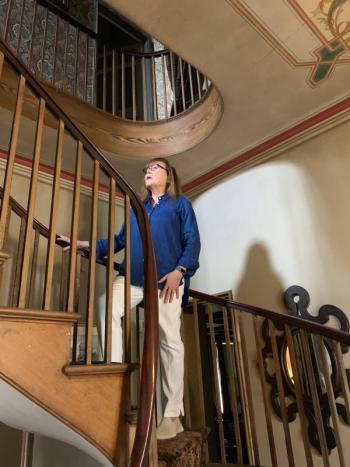
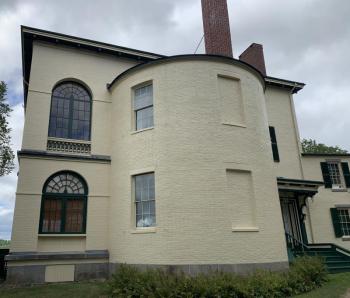

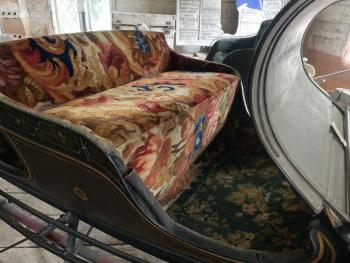
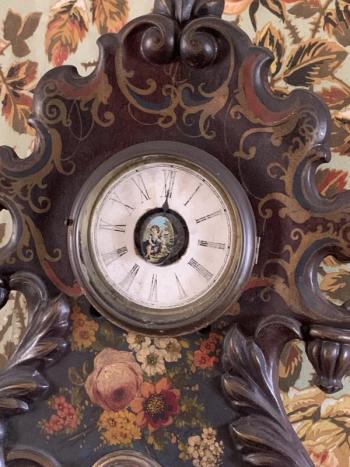
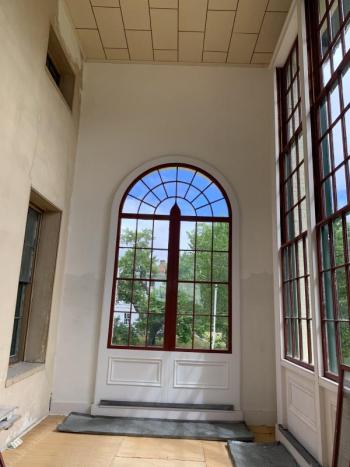
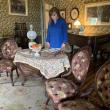


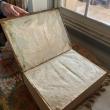
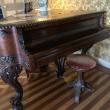


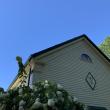
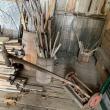
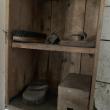
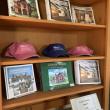
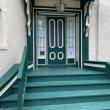

























.png)
.png)
